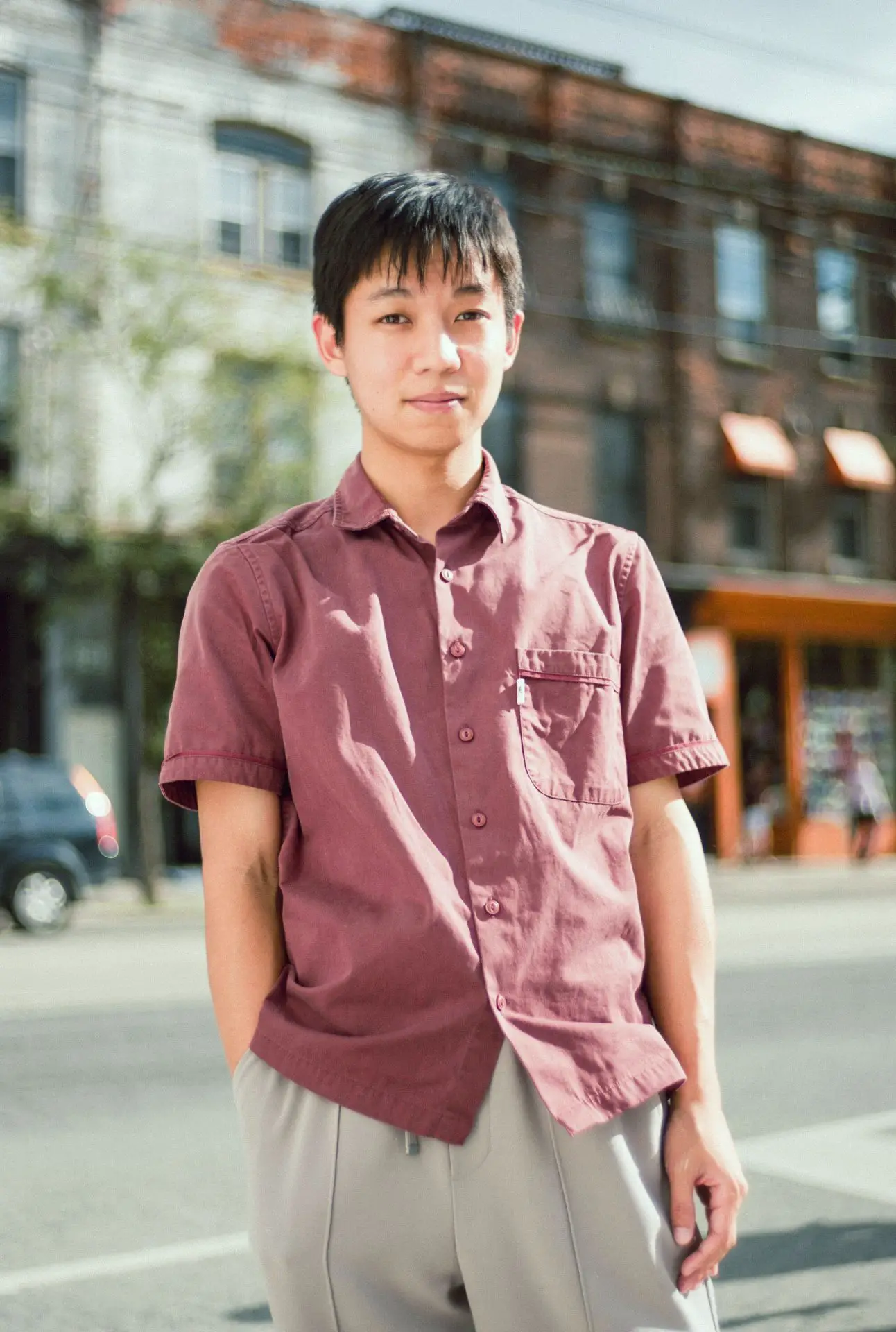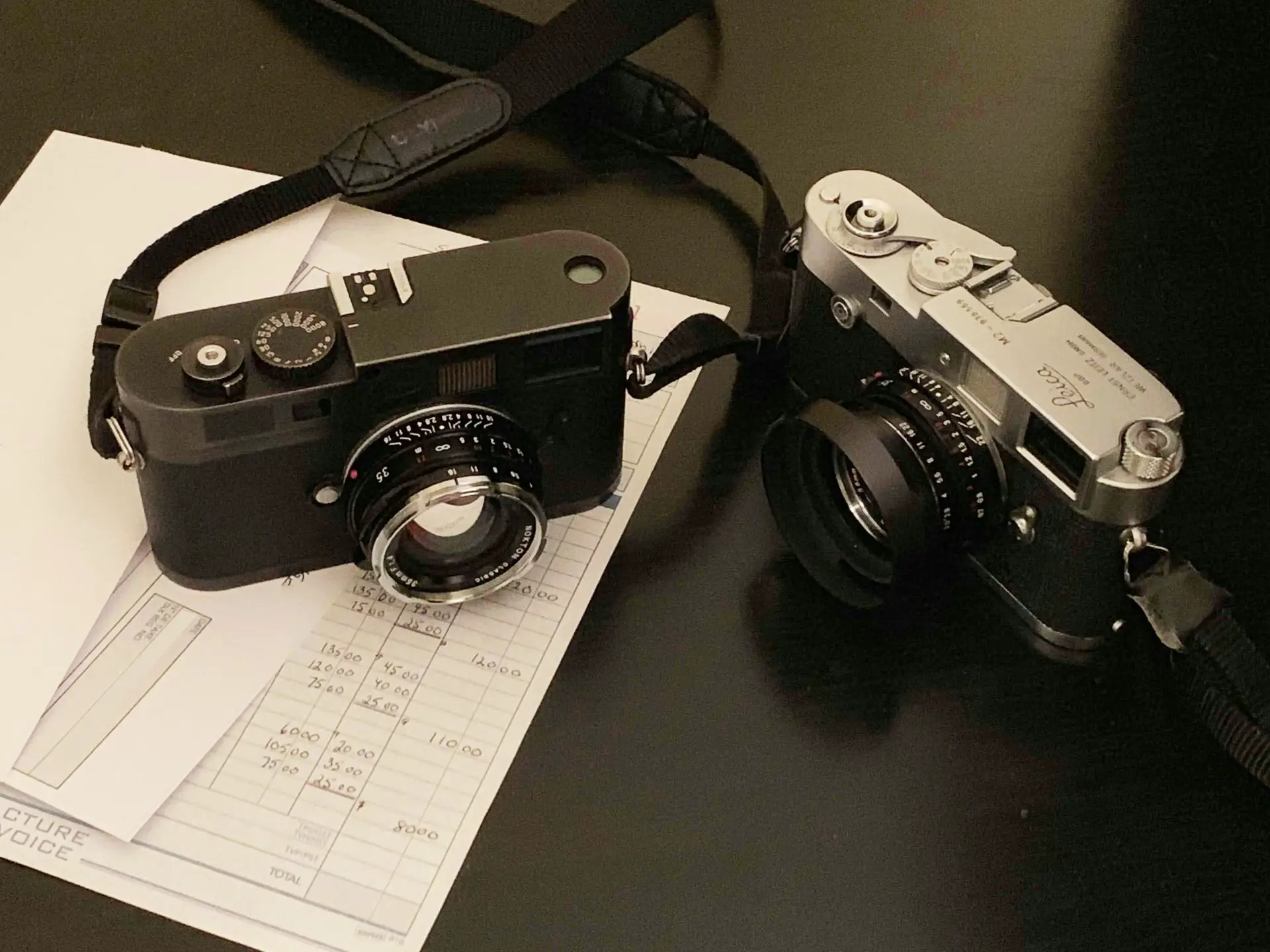The Leica M8 was the first digital Leica I’ve ever shot with, and was also the most film-like digital camera I’ve ever used. I fell in love with a camera for the first time, and a year later, it also broke my heart. These photos are from a few of my most memorable experiences with this camera.
I first came across the Leica M8 several months after acquiring the M2, the first Leica that I’ve used and bought. At this point, I’ve become affectionate to the minimal and distraction-free photographic experience Leica camera users have come to love, but I was also wondering if this experience existed on the other side; the side of digital Leicas. Needless to say, when a deal popped up on a M8 here in Toronto, I bought it, fully aware of all of the quirks and potential pitfalls of the camera.

I struggled quite a bit in the first couple of weeks using the camera, both with me returning to a kind of “digital mindset” where I turned away from the deliberate approach with shooting film, and also from unrealistic expectations of a more reliable performance and output with the M8 (just me experiencing a case of cognitive dissonance). But shortly after buying new batteries, UV/IR filters, and re-shifting to a more careful and pre-visualized approach, I have found the output from the M8 to be very desirable with a distinct filmic look under the right conditions.

My first major trip with the M8 was on a road trip to the East coasts of Canada. My dad and I drove from Toronto to Newfoundland, Cape Breton, and Prince Edward Island. Thinking back today, I am still mesmerized by the kind of raw coastal landscapes I saw in Newfoundland, where upturned strata clashes beautifully with pockets of unapologetically utilitarian architecture (often times painted in saturated colours). Unfortunately all of the photos of what I have just described have been shot on film with the M2. Perhaps I will save it for another article. What I have taken on the M8 though, are several scenes after sunset as I will show in the following.


In perhaps my favourite photo excursion with the Leica M8, I stumbled unexpectedly into one of the densest fog that I’ve seen in the city that I study in. It was right after our final term review at the school, where all stresses from the students have dissipated. Around midnight when I was about to walk home, the visibility suddenly dropped to under 30 metres. My friend and I both picked up our cameras and went for a stroll around the historic downtown of the city. This part of the city is usually sparse in activity by 10pm. One can imagine that by midnight, there is not a soul in sight. The only sounds were that of our footsteps and the clicks of our shutters (actually, just my M8’s, he was shooting a leaf shutter camera). In this shot here, I saw this perfect blend of warm and cool light from halogen and LED bulbs. Right after taking the photo, I could tell that the M8 captured it beautifully and filmic-ly through the rear LCD (it looks decently bright at night, as expected).



In the first several months of owning the Leica M8, I was hesitant to shoot portraits. This was mostly fuelled by fears of missing moments due to its slow operation and buffer. But just like before, I realized if I shoot like it’s film, everything will be fine. In fact, I was rather surprised at how well the M8 handled high contrast scenes at base ISO. In this scene here, the subject was backlit from the sun, and he stood in-front of a white wall as a reflector.



The M8 has followed me through every outing, and every day on my commutes. I have developed a trust and understanding with the way the camera is to be operated, and the rendering of images that it creates.


In my last trip with the Leica M8, I drove to Banff and Jasper national parks in Canada, once again with my dad. This time I decided to play to the strengths of the M8, and only shot it during hours where the sun is low or below the horizon. At this point in my relationship with the M8, I started to drift away from the 46mm frame of view from the cropped sensor. Instead I found the 28mm on the Ricoh GR to be a more exciting balancing act in composition. Nonetheless, the M8 was always by my side. Whenever I saw a view that could be explored with the M8, I used it.


And as if on cue, just after over a year of usage, my M8 ran into the Shutter Fault error. I was really quite shocked, sad, disappointed, and in denial. (I would check the camera every few hours to see if the fault persisted). Needless to say, my trust and bond over the camera was broken. But now in hindsight, I am thankful that the camera broke down when I least needed it. The camera is now under repair at Leica NJ, and will be going to a friend of mine once it returns. I have since then purchased a used M type 240 in hopes of a longer term relationship.
So this is a concise look at my year with the M8. Thinking rationally through my earlier difficulties with the camera, I realize that maybe it’s not always about buying tools that adopt to my familiar means of operation. Sometimes by learning a new (old) tool, there is a possibility to strengthen my appreciation and approach for the craft that I thought I knew.
Just a quick disclaimer, all of the photos in this article have been edited by me through exposure, colour and sometimes perspective adjustments in Lightroom or Photoshop.
You can check out more Leica M8, M2, and M240 photos on my instagram: ruihui_photo
Check out Hamish’s review of the Leica M8 here: The Leica M8 – A simple, digital, rangefinder
Thanks for reading,
Rui
Share this post:









Comments
Neil on Leica M8 – A Year with an Ageing Digital Rangefinder – By Rui Hu
Comment posted: 06/12/2019
Comment posted: 06/12/2019
Ed Lara on Leica M8 – A Year with an Ageing Digital Rangefinder – By Rui Hu
Comment posted: 06/12/2019
Comment posted: 06/12/2019
Comment posted: 06/12/2019
Per Wilhelmsson on Leica M8 – A Year with an Ageing Digital Rangefinder – By Rui Hu
Comment posted: 06/12/2019
Comment posted: 06/12/2019
Mark fisher on Leica M8 – A Year with an Ageing Digital Rangefinder – By Rui Hu
Comment posted: 06/12/2019
Comment posted: 06/12/2019
Peter on Leica M8 – A Year with an Ageing Digital Rangefinder – By Rui Hu
Comment posted: 06/12/2019
Comment posted: 06/12/2019
Comment posted: 06/12/2019
Taffy on Leica M8 – A Year with an Ageing Digital Rangefinder – By Rui Hu
Comment posted: 07/12/2019
Comment posted: 07/12/2019
Dave on Leica M8 – A Year with an Ageing Digital Rangefinder – By Rui Hu
Comment posted: 07/12/2019
Comment posted: 07/12/2019
David Kieltyka on Leica M8 – A Year with an Ageing Digital Rangefinder – By Rui Hu
Comment posted: 07/12/2019
haiku on Leica M8 – A Year with an Ageing Digital Rangefinder – By Rui Hu
Comment posted: 13/03/2023
Btw: It is easily repairable as my M8 also went into shutter fault and the whole unit was exchanged by Leica in Wetzlar with a M9shutter unit.
So now it is running a bit quieter and like new. Needless to say that they also cleaned, lubricated and adjusted everything. A really great customer service. Highly appreciated and turnaroudn was around 6 weeks.